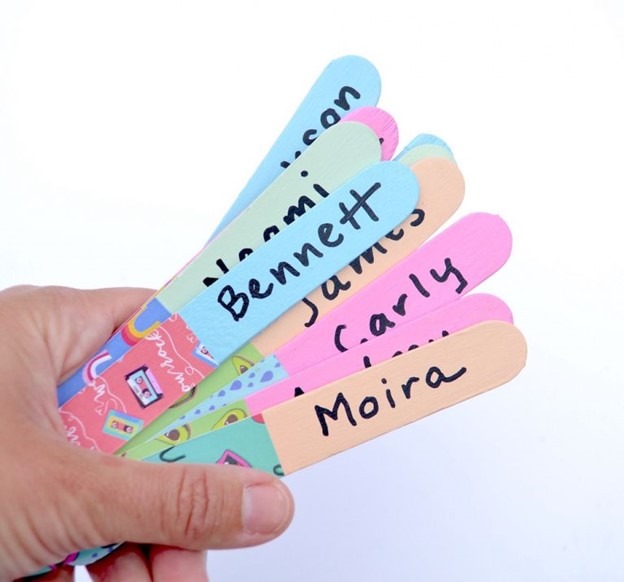Student Contributor: K. Keller
 Student stick drawing for transitions is helpful to get students moving and wanting to follow expectations. When a transition is being set up and after students know what is expected of them quickly pull a stick and watch for student behaviors and celebrate the ones who are following expectations. This will provide students a good opportunity to see how transitions are supposed to work, and your class will begin to have quick transitions with this motivation.
Student stick drawing for transitions is helpful to get students moving and wanting to follow expectations. When a transition is being set up and after students know what is expected of them quickly pull a stick and watch for student behaviors and celebrate the ones who are following expectations. This will provide students a good opportunity to see how transitions are supposed to work, and your class will begin to have quick transitions with this motivation.
This tool fits under the preventative section because it helps students learn an effective transition. During some transitions, announce you’ll be pulling a stick for a student. Watch students as they transition and by the time you want them ready have the stick pulled. If the student’s whose stick you pull is following directions and has transitioned appropriately, they get an all-class compliment (everyone gives a two thumbs up celebration to the student or however your class celebrates in a quick manner). If the stick is a student who was not transitioning appropriately, do not announce the name and say, “oh it looks like we will have to try again tomorrow, this person was not transitioning appropriately” And move on with the transition to go about your day.
I placed this into the preventative category because it is the best fit. The student stick drawing is a tool that needs to be set up in the beginning of the year, but only used when needed. Students will need to understand the procedures of a transition before or while they are learning the procedures for transitions for this to be used. This is preventative because you’re giving students the opportunity to learn from their peers or themselves in a low-risk situation. This could be argued that it is corrective, but I believe it is more preventative because you never have to call out someone no following the expectations, you’ll only have to celebrate the ones following expectations and in turn the students not following the expectations learn from their peers. This preventative tool best fits into Student Directed & Collaborative. I think this because the purpose of this tool is to use peers in the classroom to help other students with their behavior in a way that is not shaming and promotes good behavior all together.
More Information –
Tool Source: Brittany Miotke (Mentor Teacher)


